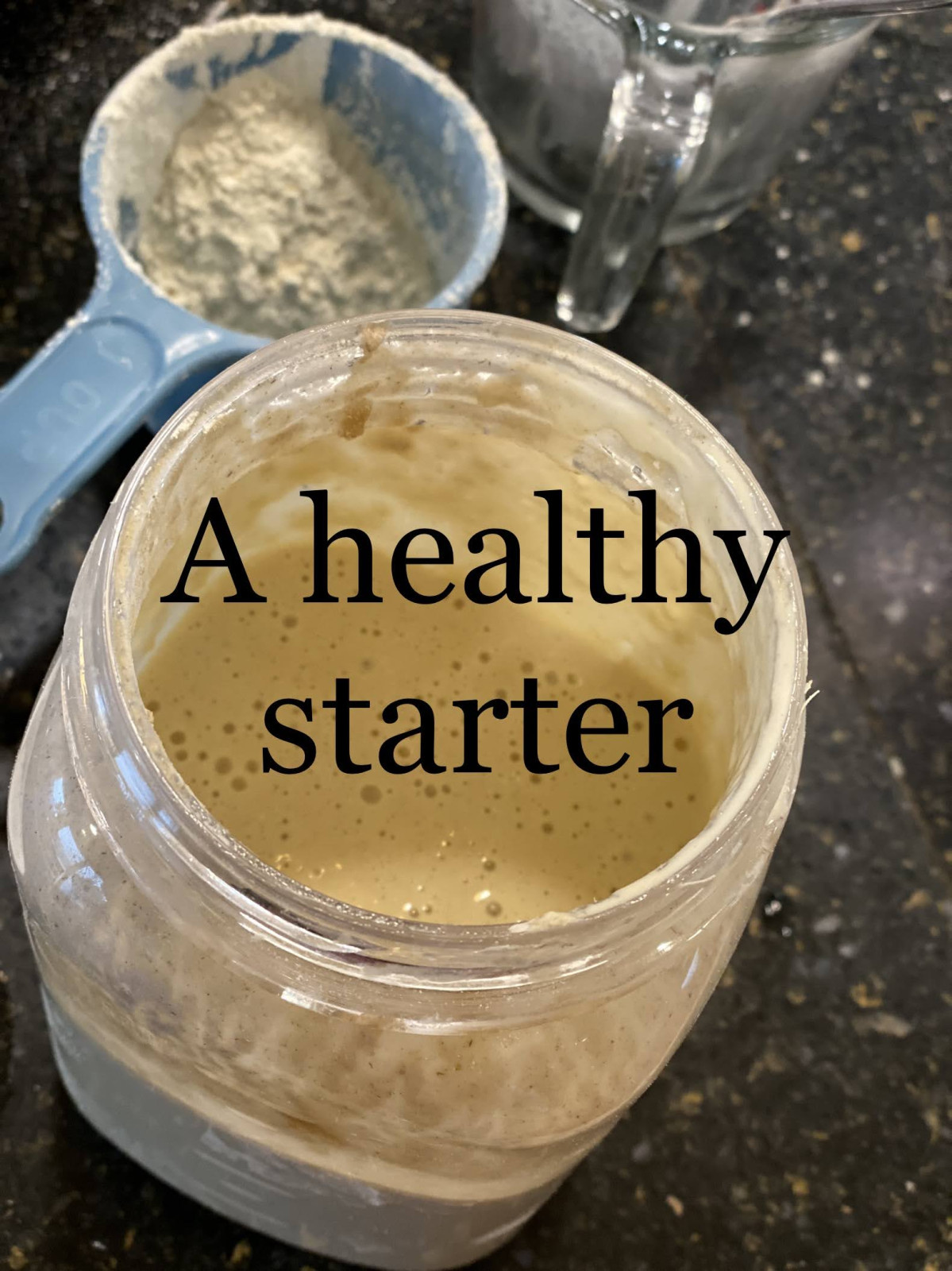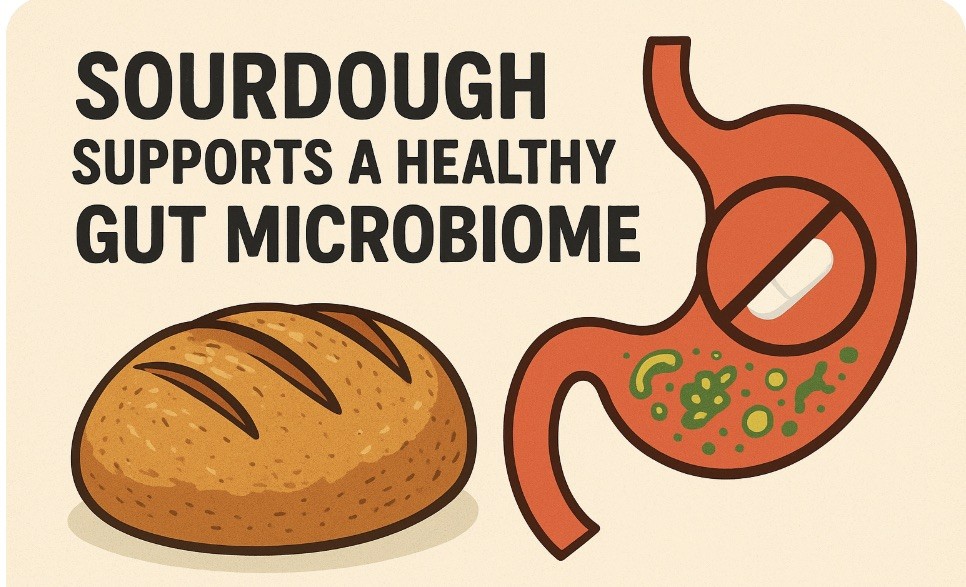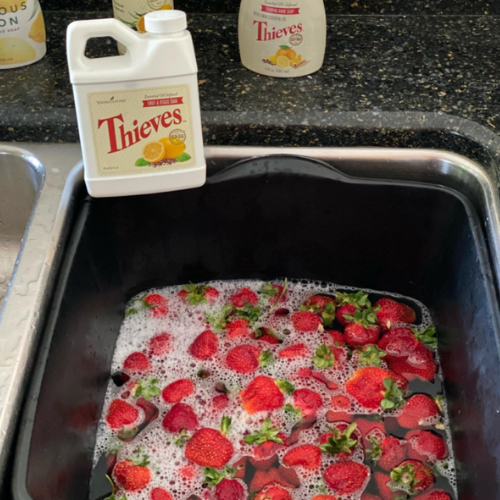Freezing Sourdough & Blood Sugar Benefits: A Delicious Discovery
Over the years, I’ve baked hundreds of loaves of sourdough. It’s become more than a passion—it’s part of our family rhythm, especially now that we’re more focused on health and wellness in our 60s. But what surprised me recently wasn’t just how delicious my bread continues to be, but how it’s been helping my blood sugar—particularly when I freeze it before eating.
Yes, you read that right—freezing sourdough bread may actually make it better for your digestion and blood sugar. Let’s dive into the science and the personal benefits I’ve seen.
What Freezing Bread Has to Do With Digestion
When you bake bread and let it cool, some of the starches in the flour begin to retrograde, forming what’s called resistant starch. This type of starch resists digestion in the small intestine and instead ferments in the colon, feeding your healthy gut bacteria.
When you freeze and then toast or reheat your sourdough, even more resistant starch forms, and this process continues to slow the release of glucose into your bloodstream. This helps reduce the glycemic index (GI) of the bread. Sourdough already has a naturally lower GI due to the fermentation process, but freezing takes it a step further.
My Experience: Morning Blood Sugars & A1c Improvements
After years of managing my blood sugar carefully—especially my fasting levels in the morning, which tend to creep up as we age—I started noticing a change after implementing two things:
1. I began freezing my sliced sourdough immediately after baking.
2. Each morning, I would toast a slice and enjoy it with some real butter or avocado.
The result? My morning blood sugars dropped consistently by 10–15 points. But what truly amazed me was the change in my A1c over a few months: it dropped from 7.8 to 6.9. For me, that was confirmation that the change was real.
It felt good to know I didn’t have to give up bread to manage my health. I just had to understand how to eat it smarter.
What Is Resistant Starch, Exactly?
Resistant starch acts more like fiber than a carbohydrate. It slows digestion, improves insulin sensitivity, and even promotes a feeling of fullness. It’s found naturally in:
• Cooked and cooled potatoes
• Green bananas
• Cooked Legumes
• Whole grains
• And yes—cooled or frozen sourdough bread
When you combine naturally fermented sourdough with the freezing and reheating process, you get a powerhouse food that’s easier on your gut and better for your blood sugar.
Practical Tips: How I Freeze and Toast Sourdough
If you want to try this at home, here’s my process:
1. After baking and cooling the loaf, slice it completely.
2. Store slices in a zip-top freezer bag with parchment between layers.
3. Each morning, take out a slice and toast it from frozen.
4. Pair it with a healthy fat or protein to stabilize your blood sugar even more.
This method has been a game-changer—not just for health, but for convenience too.
Final Thoughts
Our bodies change as we age, but our choices can evolve too. I’m grateful for the gift of sourdough—one that not only connects me to tradition and family but now supports my wellness in unexpected ways.
Whether you’re managing pre-diabetes, insulin resistance, or just trying to eat smarter, freezing your sourdough might be one of the simplest (and most delicious) tweaks you can make.
If you’re curious, I sell my sourdough loaves and starter through my small business, Crust & Crumb Sourdough. I’d love to share a slice of this wellness journey with you.















 Meet Me on Social Media
Meet Me on Social Media





0 Comments